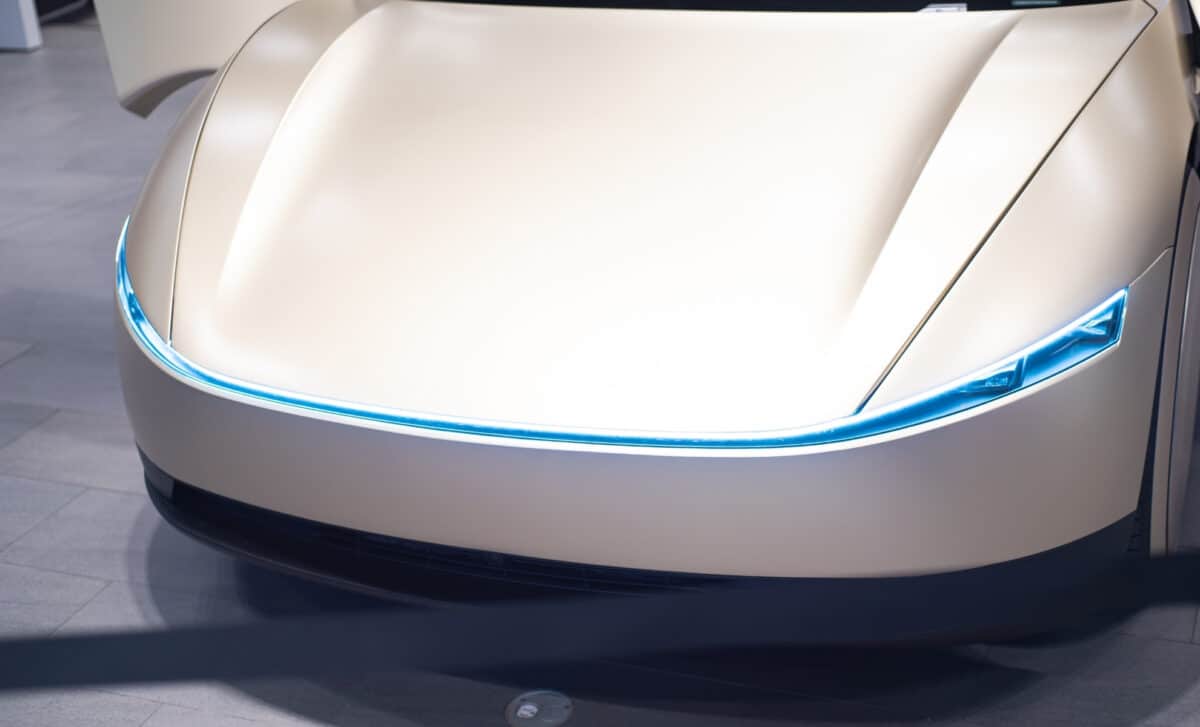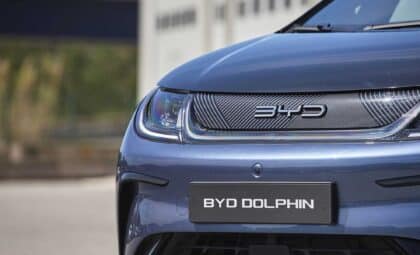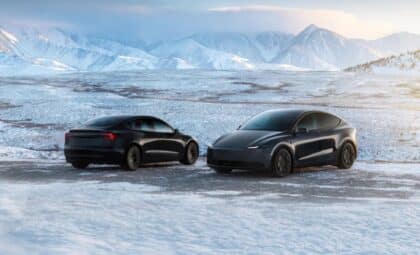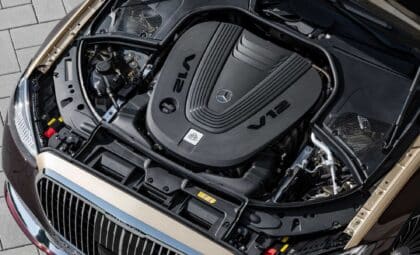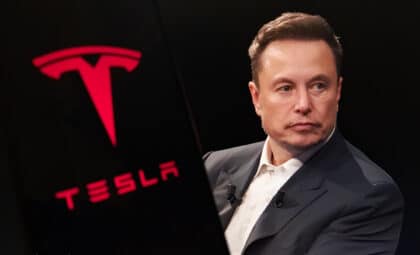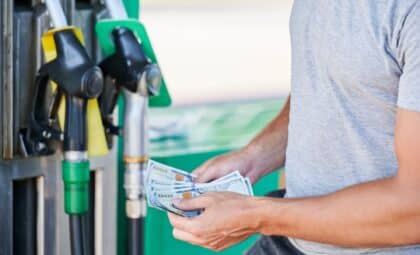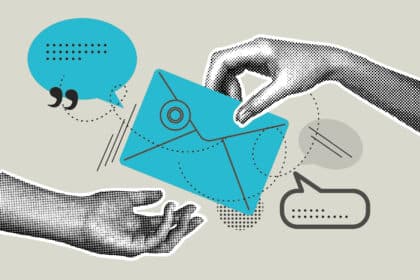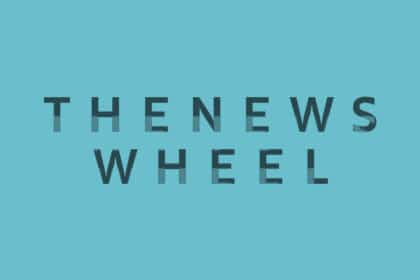CEO Elon Musk confirmed the move during Tesla’s recent third-quarter earnings call, adding that steering wheels and pedals will be phased out entirely in 2026.
The robotaxi expansion will depend on regulatory green lights, but Musk has made it clear that Tesla is ready to scale. With plans to push into eight to ten more metro areas, including regions in Nevada, Florida, and Arizona, the company is steering straight into the competitive arena of autonomous mobility—with or without external pressure.
This announcement drops into an already complex landscape for Tesla. As regulatory scrutiny and public skepticism continue to shadow the rise of full self-driving (FSD) systems, Musk doubled down on safety, stating that Tesla would remain cautious even without being forced to. Still, the timeline he presented suggests a company eager to shed human intervention sooner rather than later.
Safety Drivers to Disappear, Controls to Follow
Musk was deliberate, if somewhat loose, with the timeline: safety drivers will exit Tesla’s Cybercabs in Austin “within a few months” or “by the end of the year,” depending on interpretation. According to Autoweek, Tesla is also waiting for regulatory approval to do the same in the San Francisco Bay Area, although there’s no rush to implement the change there.
In parallel, Tesla will begin assembling Cybercabs without steering wheels or pedals starting in 2026. Musk described this evolution as part of a broader vision to transition away from the “horseless carriage” mentality still shaping modern car design. That said, the automaker will continue building traditional Teslas with full controls for customers who still want to drive, emphasizing the divide between its consumer vehicles and the autonomous fleet.
Musk didn’t specify whether the Cybercabs will take the form of the two-door coupe prototype previously revealed or be stripped-down Model Ys. Either way, the transition represents a bold reshaping of how Tesla views transportation hardware—and who is supposed to control it.
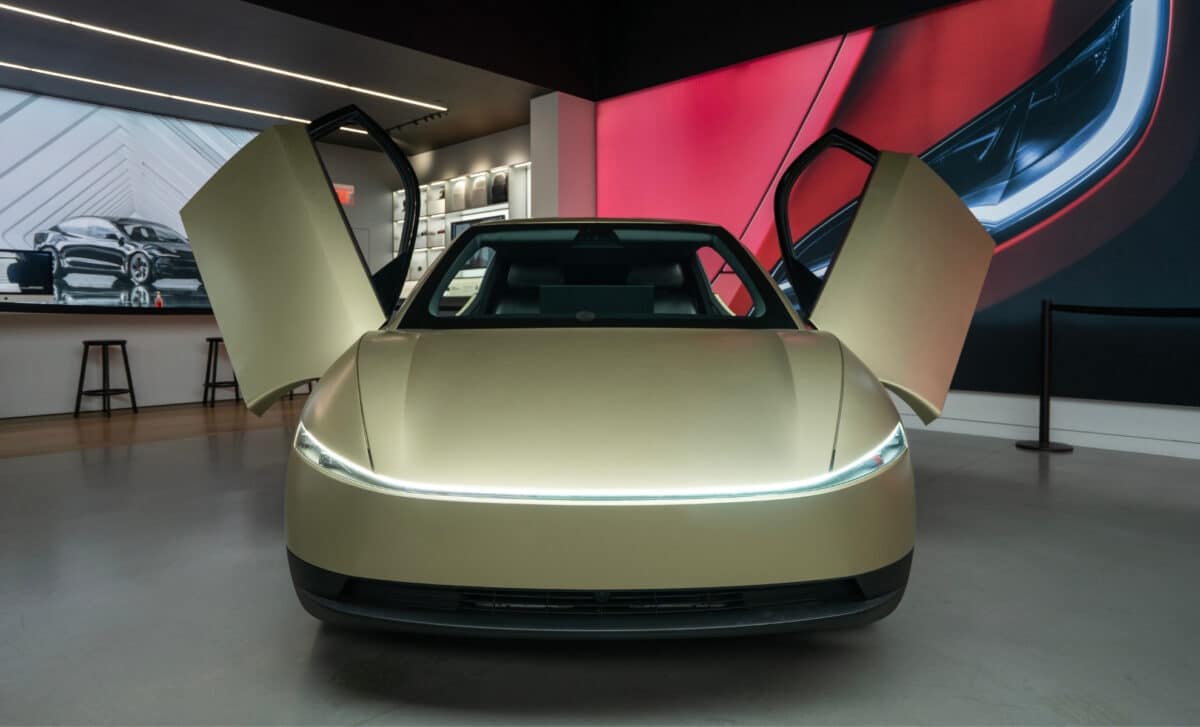
Software Updates Bring Smoother Rides and “Reasoning”
As Tesla edges closer to full autonomy, software development remains central. Musk advised users to hold off on downloading Full Self Driving (FSD) version 14.0, recommending instead to wait for version 14.2, which he claims will offer smoother and more comfortable driving behavior. The improvement reportedly includes less jerky acceleration and overall better handling.
In an unusual claim, Musk said upcoming versions—14.3 or 14.4—will introduce “reasoning” capabilities to Tesla’s FSD. This, he explained, will allow the system to outperform humans in certain tasks, such as spotting empty parking spaces. Combining reasoning with 360-degree camera vision is what Musk believes will give Tesla’s autonomous vehicles a major edge in urban navigation.
These updates are framed as incremental improvements, yet they point toward a broader shift in how Tesla intends to scale its robotaxi service without human backup. While regulators have yet to weigh in on the latest FSD versions, Tesla appears to be preparing the foundation for a driverless future—one software release at a time.
Investor Spotlight on Musk’s Control and Pay Package
Beyond autonomy, Tesla’s earnings call turned to another high-stakes topic: Musk’s pay and voting control. Tesla CFO Vaibhav Taneja urged investors to support Musk’s leadership in two votes set for November 6. At the heart of this push is a compensation plan that would award Musk an additional 12% of Tesla stock, raising his total stake to 25%. That level of control, Musk argued, is necessary to protect the company’s vision—particularly in AI and robotics.
Musk said his aim was to have “enough voting control to give strong influence, but not so much that I can’t be fired if I go insane.” He also fired back at Institutional Shareholder Services (ISS) and Glass Lewis, two index funds that recommended rejecting the proposal, and claimed the power would help prevent Tesla’s Optimus robots from falling into the wrong hands.
The call ended with a nod to Musk’s broader ambitions. He once again promoted Tesla’s AI chips, the Optimus project, and a new mission slogan: “sustainable abundance.” Despite a 9% dip in EBITDA to $4.23 billion, Tesla’s third-quarter gross revenues climbed to $28.1 billion, boosted by the final months of U.S. EV tax credits. Even as those incentives expire and the domestic EV market stalls, Musk expects global production to hit 3 million annually in under two years.
Tesla stock slipped nearly 4% after the call, though its market cap remained over $1.4 trillion. Whether that figure rises toward Musk’s target of $8.5 trillion over the next decade will hinge not only on vehicle production but on whether the company can dominate AI and automation as convincingly as it once did electric cars.

